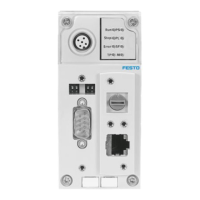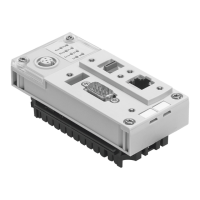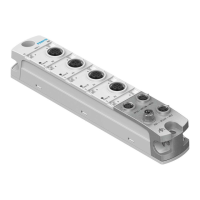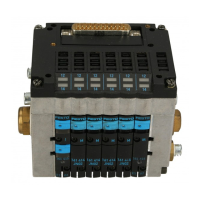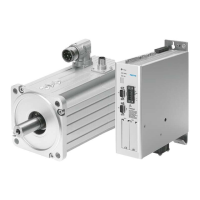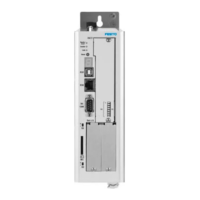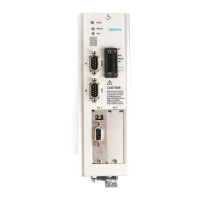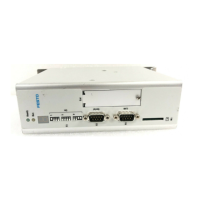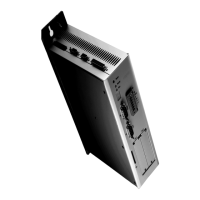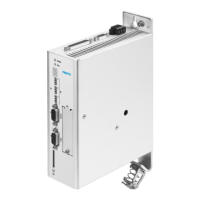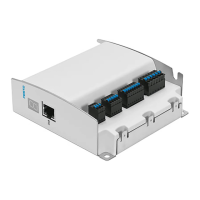B. Basic controlling principles
B−35
Festo P.BE−CPX−CMA X−CONTROL−EN en 0908NH
Force during force control
F + p
1
< A
1
−p
2
< A
2
−g < m < sin a
P
1
Pressure in cylinder chamber 1: no piston rod, on measuring
system zero point (smaller position values, blue connection)
P
2
Pressure in cylinder 3, poss. piston rod, on measuring sys
tem end (larger position values, black connection)
A
1,
A
2
The two piston surfaces of the cylinder: they are calculated
by the CMAX based on the cylinder type and cylinder diam
eter. The controller knows the piston rod diameters of Festo
cylinders. If the cylinder type is not known, the diameter of
the piston rod can be entered with the help of the FCT. The
piston rod diameter is taken into account during force con
trol.
g Acceleration due to gravity
m is the mass to be moved (workpiece mass + tool mass). Like
with all other positioning tasks, the workpiece mass is either
taken directly from the record or from the settings for direct
operating (PNU 53x) or the project data (PNU 1142).
α is the angle of the mounting position of the axis, it can be
taken from the project data.
Tab.B/13: Definition of the force for force control
The controlled force is the force at the piston minus the gra
vitational force of the moving mass. The force applied to the
slide or the piston rod deviates from this due to friction
forces.
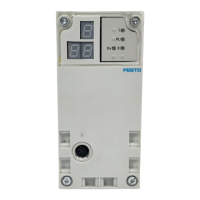
